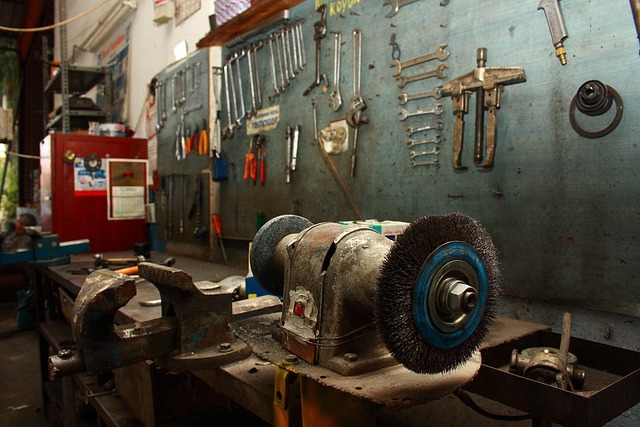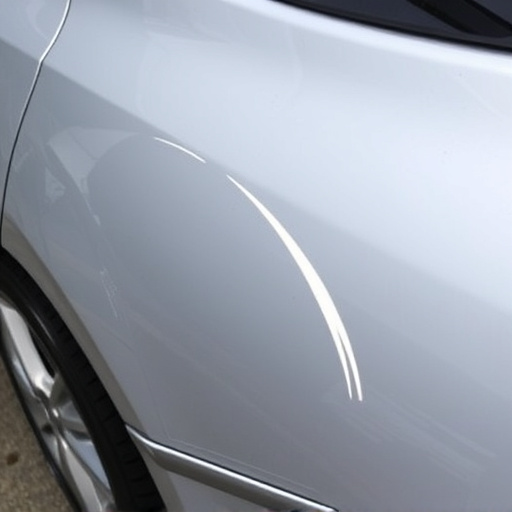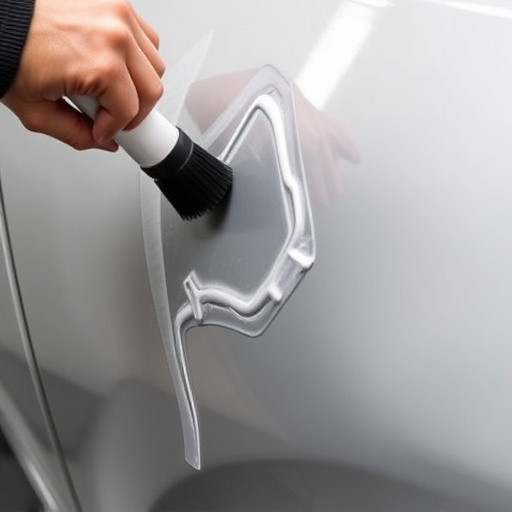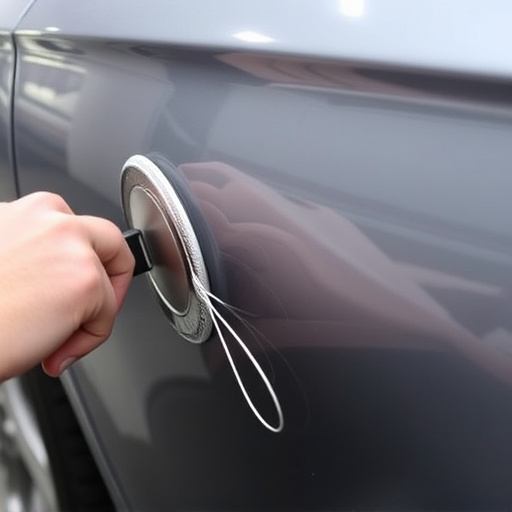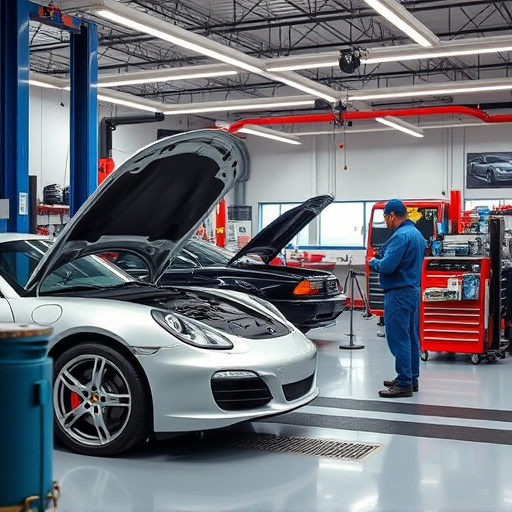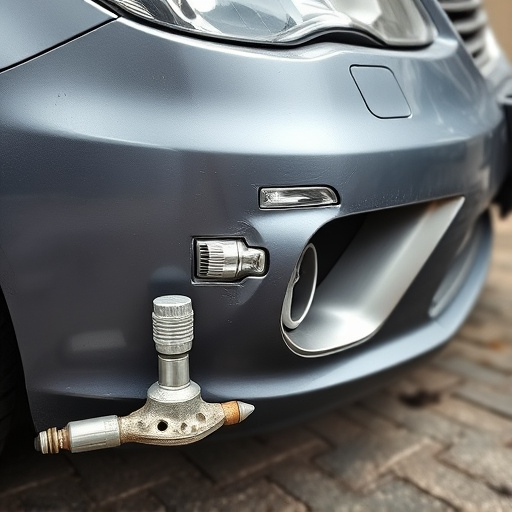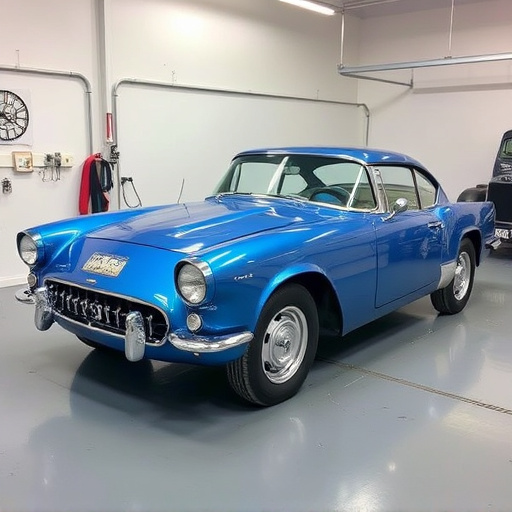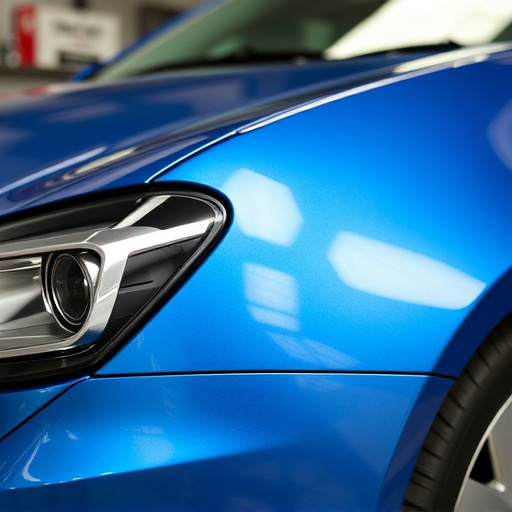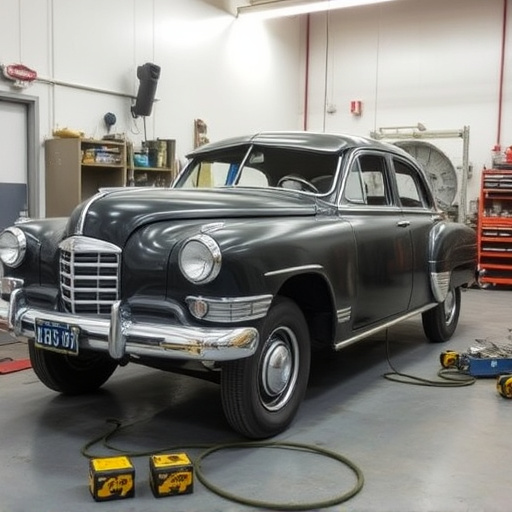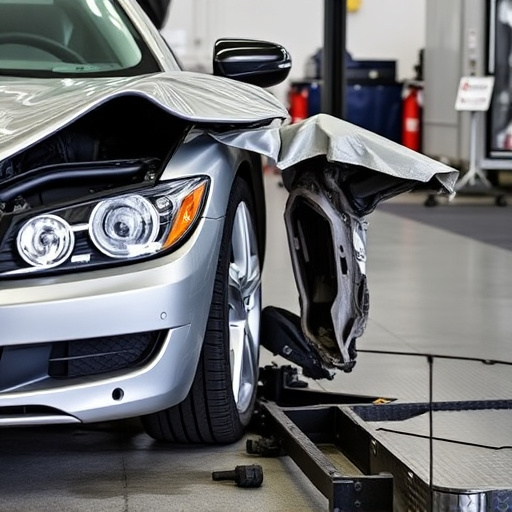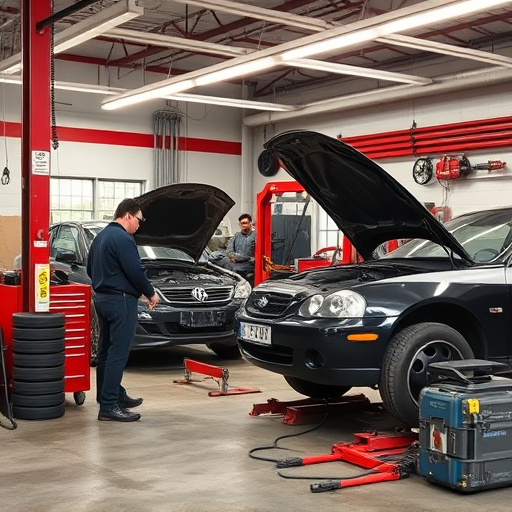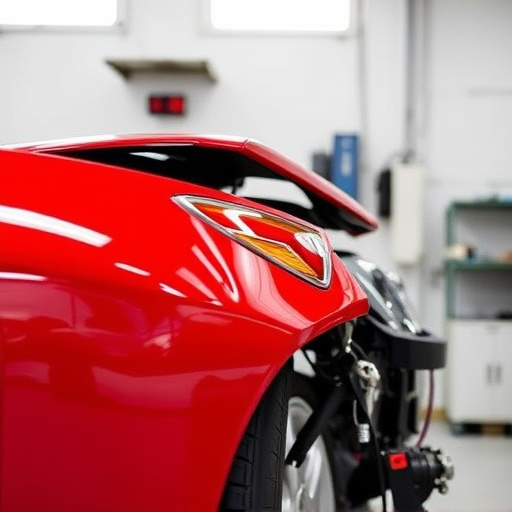The paint finish warranty is a critical component of automotive transactions, covering defects like blisters, bubbles, cracks, fading, and peeling due to UV exposure for varying durations. Understanding its scope and duration is essential when purchasing or repairing a vehicle, as it differs based on damage severity. Common causes of paint damage include environmental factors, human interaction, poor application, and storage issues. Validating paint finish warranties involves meticulous documentation and adhering to original manufacturer standards during repairs, especially for high-end brands like Mercedes Benz.
In the realm of home improvement, understanding your paint finish warranty is paramount. This article delves into common repair scenarios impacting these warranties, empowering folks to navigate claims effectively. From environmental factors to surface preparation mishaps, we explore typical causes of paint damage and defects. By grasping these insights, you’ll gain the knowledge to validate repairs, ensure longevity, and maintain the integrity of your paint finish warranty in today’s digital era.
- Understanding Paint Finish Warranty Coverage
- Common Causes of Paint Damage and Defects
- Navigating Claims and Repairs for Warranty Validation
Understanding Paint Finish Warranty Coverage
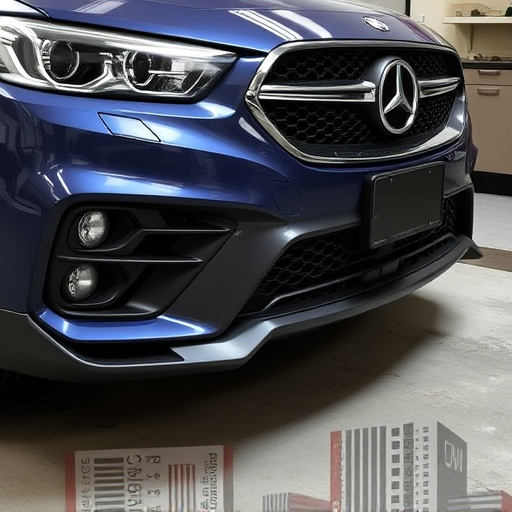
The paint finish warranty is a crucial aspect of any automotive purchase or repair, offering protection against defects and ensuring a smooth, long-lasting finish. This type of warranty typically covers a range of issues, including blisters, bubbles, and cracks in the paint, as well as fading or peeling due to UV exposure. When purchasing a vehicle, it’s essential to understand what is covered under this warranty and for how long. Typically, automotive repair services will offer different levels of coverage, with some encompassing minor touch-ups and others extending to more significant collision repairs.
For instance, a paint finish warranty might include vehicle paint repair for small imperfections caused by everyday wear and tear within the first few years of ownership. However, in the event of a collision or severe weather damage, the warranty may only cover a portion of the restoration costs, especially if the initial issue was not covered under the terms. Knowing these details is vital to ensuring you receive adequate protection for your investment and understanding your rights when dealing with automotive repair services or collision repair centers.
Common Causes of Paint Damage and Defects
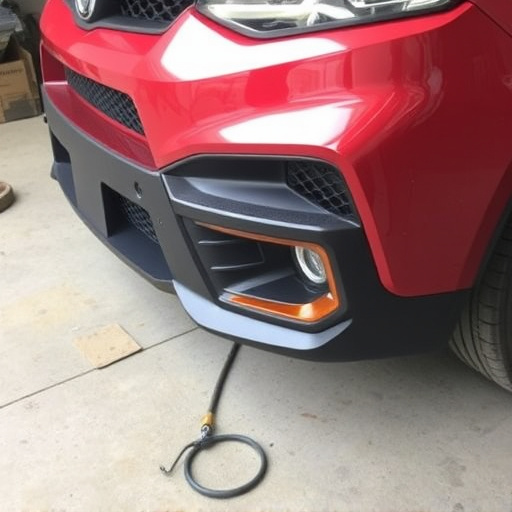
Common Causes of Paint Damage and Defects
Paint damage and defects can arise from a variety of sources, each impacting the longevity and integrity of the paint finish warranty. One of the most prevalent causes is environmental factors such as exposure to harsh weather conditions, including UV radiation from sunlight, extreme temperatures, and precipitation. These elements can degrade the paint over time, leading to chipping, peeling, or fading. Another significant contributor is human interaction, with incidents like minor bumps, scratches, or accidental damage during daily use or auto repair services, especially in bumper repair scenarios, posing threats to the paint finish’s integrity.
Additionally, poor initial application techniques during automotive restoration processes can result in uneven coating, bubbles, or other defects that compromise the paint’s durability. Improper storage conditions, inadequate protective coatings, and exposure to corrosive substances also play a role. Understanding these common causes is crucial for consumers and auto repair professionals alike to effectively manage expectations regarding paint finish warranty claims and maintain the aesthetic appeal of vehicles over the long term.
Navigating Claims and Repairs for Warranty Validation
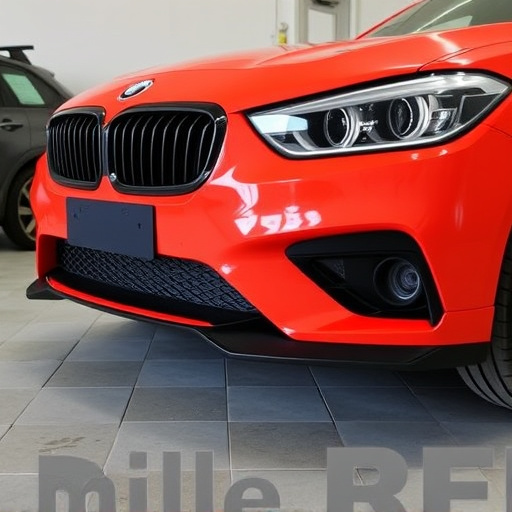
Navigating claims and repairs is a critical aspect of validating paint finish warranties, especially in the auto industry where precision and quality are paramount. When a client presents their vehicle for a mercedes benz repair or collision repair, the focus shifts to ensuring that any subsequent work aligns with the original manufacturer’s standards. This involves meticulous documentation and record-keeping, as every detail matters when assessing warranty eligibility.
For instance, in auto body repair, the paint job is scrutinized for consistency in color, texture, and finish. Any deviations from the initial specifications could render the warranty invalid. Therefore, skilled technicians employ specialized tools and techniques to match the original paint precisely, preserving the integrity of the paint finish warranty. This process demands expertise and a keen eye for detail to avoid costly mistakes.
When dealing with paint finish warranty claims, understanding common repair scenarios is key to ensuring valid coverage. By identifying issues like surface defects, environmental damage, or improper application from the outset, homeowners and professionals alike can navigate repairs effectively. Regular maintenance and prompt attention to minor issues can prevent significant claims, ultimately protecting the integrity of the paint finish warranty for all parties involved.
